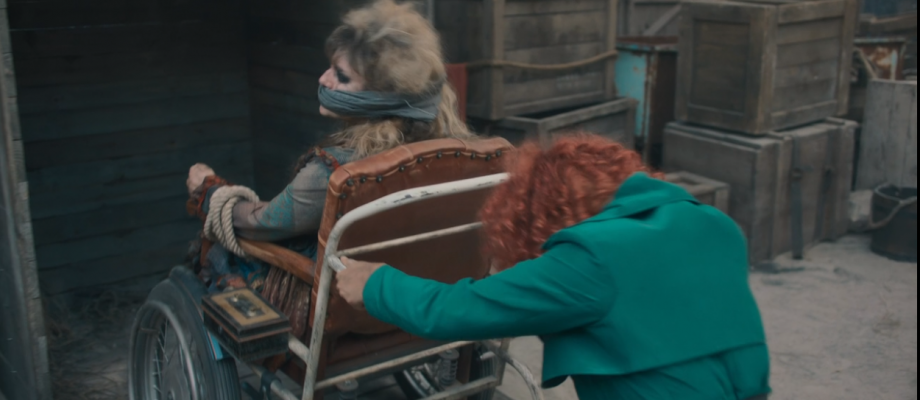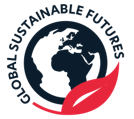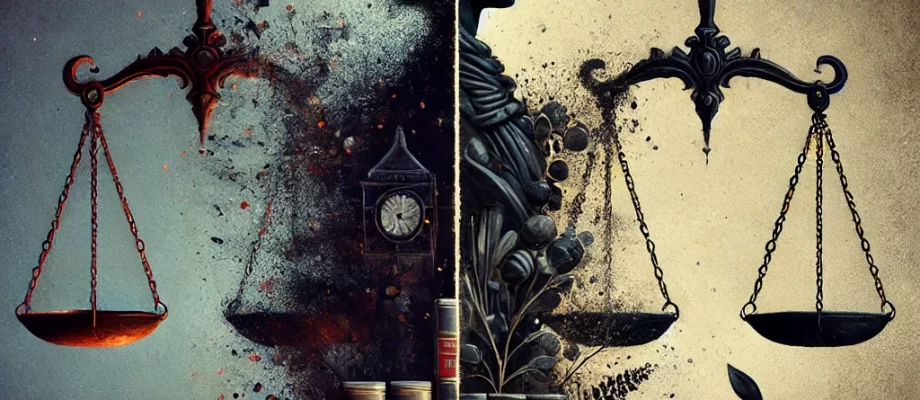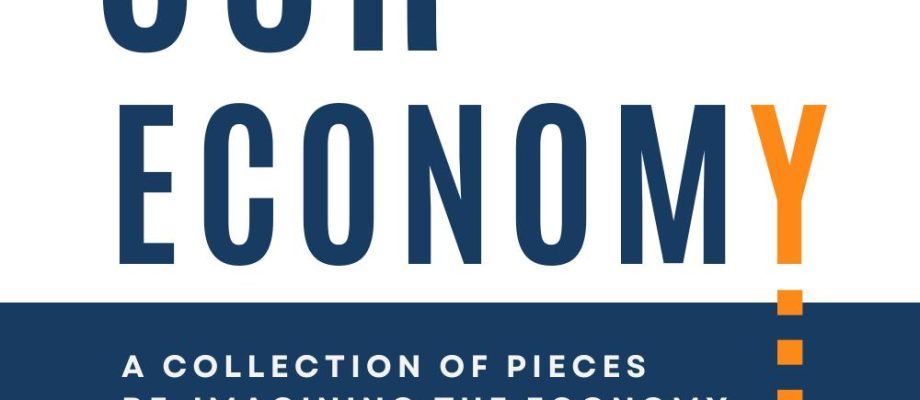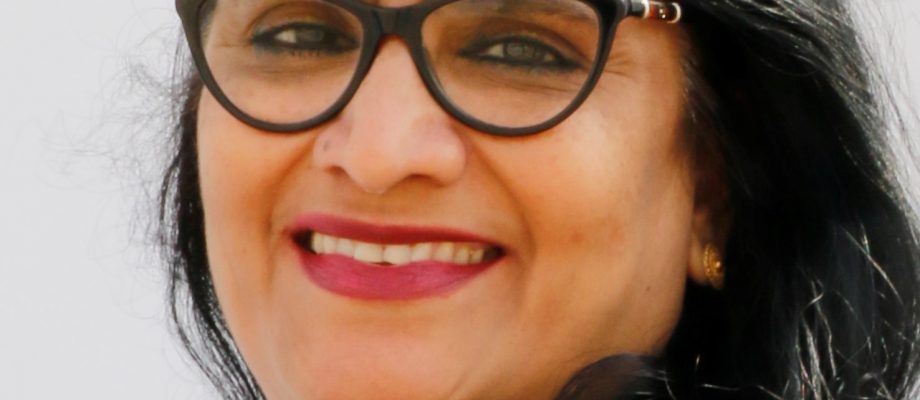By Claire Harris
“The industry’s working culture and practices need to change substantially before disability inclusion is achieved.[i]” (Creative Diversity Network, p. 7 2022)
Disability is diverse and subjective.
Many people develop long-term health conditions, and when that happens, two things occur: firstly, everything becomes intensely medical, to ‘cure’ or ‘manage’ the condition. Secondly, there’s no handbook for becoming or identifying as disabled. Sometimes there may be a cognitive dissonance regarding what condition a person lives with and an acceptance of that as disabling.
Both things impact directly on how the creative sector views disabled people.
I have struggled to identify as disabled. I feel a sort of imposter syndrome. I have been culturally conditioned to accept only some impairments as disabled. And exploring this deeper, people with physical disabilities.
Most days, I could hide my disability from you, and if I’m honest, I tried to hide it from myself for many years.
I find the constant process of declaration – of having to come out to people – exhausting. The workplace seems to be a thoroughly disabling and psychologically unsafe place to start talking about disability and reasonable adjustments. More than once I’ve attempted to explain my experiences of pain, fatigue, and other neurological symptoms, the impact on me and my performance, and how these can be mitigated with a little understanding and consideration, only to be met with misconceptions and in some cases open hostility.
Several years ago, an Arts Council England (2017) publication identified a narrow view of reasonable adjustments to being an inhibiting factor in the workplace[ii] (p.6). Indeed, this is still the case across the workforce if many of the stories I hear are correct. Changing working practices to include access requirements and reasonable adjustments is no-doubt beneficial for many, not just disabled staff.
It’s easy to see why declaring an impairment or health condition is something quite often feared.
In his 2021 MacTaggart Lecture, Jack Thorne described disability as the forgotten diversity, left out of the diversity narrative[iii]. He also pointed out that even when disability is part of the creative sector, very often the disabled actor has to conform to the non-disabled narrative, and frequently their voices aren’t heard in terms of character development or why something is important to the disabled community. The dominant cultural understanding of disability is still dominated by non-disabled representations of disability.
The portrayal of disability in the cultural sector is poor because disability is not recognised or amplified right through the process of commissioning to delivery.
The Creative Diversity Network monitors diversity in the broadcast sector, both on and off screen. Their latest report shows disabled people make 6% of off screen contributions, and 8.3% of on screen contributions (2022, p. 14) compared with an estimated workforce of 18%[iv].
Representations of disability in the media are almost always hit and miss. There are deaf newsreaders, blind reporters, and producers with physical impairments.
We often hear or read a narrative of people who ‘battle cancer’, who ‘suffer from’ a given condition, or who ‘heroically’ get out of bed and go about their day in a wheelchair. These are examples of a medical model of disability: how we speak and think about disability impacts directly on disabled people.
In January 2022, Reporting Scotland (BBC 1 Scotland) aired an item produced by a disabled journalist and reported on by a disabled journalist whose speech can be unclear at times. It was about the closure of one of the last asylums for people with learning disabilities[v].
This report demonstrated disability empowerment in the media on several levels. It placed someone whose voice is not widely heard in a position of authority on a mainstream terrestrial television programme. The dynamic and experience of interviewing a contributor with similar disabilities about his experiences of being forcibly placed and held against his will in an asylum in the 1990s was profound to watch. The reporter’s voice is valued and his contribution to the mainstream media is valid.
Language is important. Language creates the context by which we value disabled people. Empowerment is linked to how we understand the different models of disability and the language associated with them.
The social model went some way in challenging society to accept people as they are with whatever impairment or health condition they may have, but limited disability to being an environmental and societal problem.
Feminist writer Jenny Morris (1991) says:
“There is a tendency within the social model of disability to deny the experience of our own bodies, insisting that our physical differences and restrictions are entirely socially created. While environmental barriers and social attitudes are a crucial part of our experience of disability – and do indeed disable us – to suggest that this is all there is to it is to deny the personal experience of physical or intellectual restrictions.[vi]”
While social model language is important in creating acceptance, particularly in terms of reasonable adjustments in the workplace, it doesn’t consider disabled people’s role in society as valid, fully functional humans.
The human rights model of disability incorporates disabled voices and lived experiences.
Theresia Degener (2016) explains how the human rights model is directly influenced by the United Nations Convention on the Rights of Disabled People (CRDP)[vii]. Although ratified in 2008, it has yet to be implemented by many signatories, including Scotland[viii].
The model builds on the social model and provides moral principles and values as a foundation of disability policy (2016, p.34), it values impairment as part of human diversity (p. 38), and it allows for intersectionality and battles multidimensional oppression (p. 42).[ix]
For the first time, the Scottish Government is directly consulting people with learning disabilities on its People-Led Policy Panel. This is the power of the human rights model – accepting disabled people have their own voices and lived experiences which are valid and accepted.
Disabled empowerment in the creative sector is about incorporating disabled narratives, not ignoring them.
Ruth Madeley’s non-disabled character in the BBC Studios’ The Watch (2020) ignores her experiences as a woman using a wheelchair. In one scene in the first episode, Lady Sybil Ramkin manhandles Ruth’s bound and gagged character into a crate by forcibly wheeling her chair into it[x]. So while the casting may be disability-blind, the reality of this actor’s experiences in the scene are that she has no body autonomy.
However, Disney’s Only Murders in the Building includes a deaf character and one episode is devoted to events from his perspective[xi]. This additional dimension was interesting not only in terms of the story arc, but because the audience was looking at the action through the lens of his impairment.
More than once, my social media feed has been littered with videos like ‘watch this baby’s first time hearing her mother’s voice’ where a young child is given a hearing aid, and you see the realisation on their faces which is heartwarming and emotionally powerful to watch. These feed the medical model narrative of people with impairments being less, until their impairment is fixed. It’s a dangerous trend. This is not empowering people with disabilities.
What is disability and empowerment in the creative sector? It’s allowing disabled people to speak for themselves, and valuing every person’s voice to be heard. It’s stopping the trend in film/TV of able bodied actors playing disabled roles (see Riz Ahmed in The Sound of Metal, or Tom Cruise in Born on the Fourth of July, or any number of other examples) particularly when the subject of the story is exploring the impairment.
It’s allowing people just to be themselves and accepting who they are.
[i] Creative Diversity Network (2022) The fifth cut: the diamond at 5, Creative Diversity Network, London (Accessed: 10/5/22) https://creativediversitynetwork.com/wp-content/uploads/2022/03/TheFifthCut-Diamond-at-5.pdf
[ii] Arts Council England (2017) Making a shift report: disabled people and the arts and cultural sector in England: understanding trends, barriers and opportunities, London Accessed 13/5/22 MAKING A SHIFT REPORT
[iii] Thorne, J. (2021) MacTaggart Lecture published in Broadcast Now Jack Thorne: MacTaggart lecture in full (Accessed: 10/05/22)
[iv] Creative Diversity Network (2022) The fifth cut: the diamond at 5, Creative Diversity Network, London (Accessed: 10/5/22) https://creativediversitynetwork.com/wp-content/uploads/2022/03/TheFifthCut-Diamond-at-5.pdf
[v] “The Closure of Lennox Castle Hospital” (2022) Reporting Scotland, BBC 5th January 2022
[vi] Morris, J. (1991) Pride against prejudice: transforming attitudes to disability. Online Edition. London: The Women’s Press Jenny Morris is a disabled feminist and freelance writer/researcher. She taught housing policy (Accessed: 10/05/22)
[vii] Degener, T. 14 Jul 2016, “A Human Rights Model of Disability” from: Routledge Handbook of Disability Law and Human Rights Routledge https://www.routledgehandbooks.com/doi/10.4324/9781315612881.ch3 (Accessed: 10/5/22)
[viii] Scottish Government, no date, Policy: Disabled People https://www.gov.scot/policies/disabled-people/ (Accessed: 10/5/22)
[ix] Degener, T. 14 Jul 2016, “A Human Rights Model of Disability” from: Routledge Handbook of Disability Law and Human Rights Routledge https://www.routledgehandbooks.com/doi/10.4324/9781315612881.ch3 (Accessed: 10/5/22)
[x] “A Near Vimes Experience” (2020) The Watch, Series 1, episode 1. BBC, 31st December 2020 (Accessed on iPlayer 10/5/22)
[xi] “The Boy From 6B” (2021) Only Murders In The Building, Series 1, episode 7. Disney, 28th September 2021 (Accessed on Disney Plus 10/5/22)

